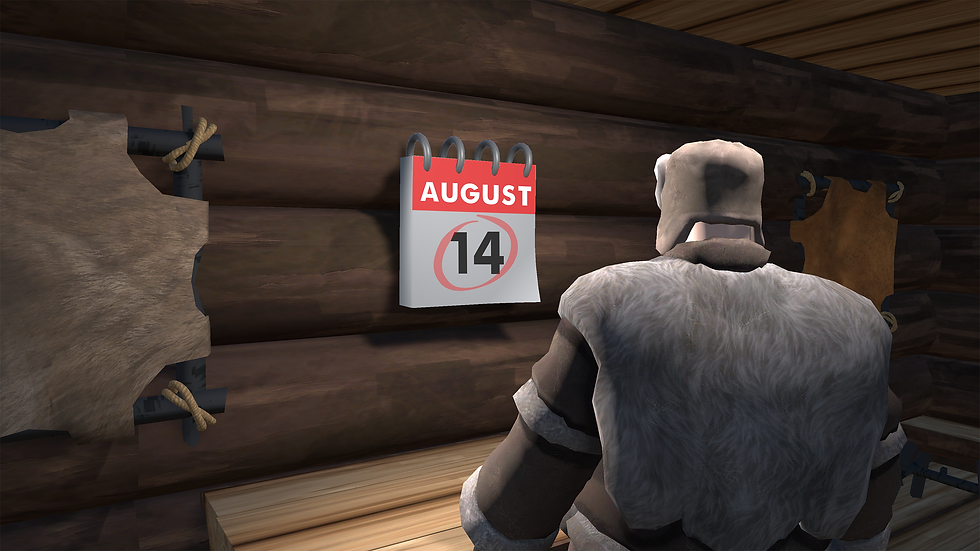Publish VR Game Project - What to keep in mind?
- Kamil Hasa

- Feb 23, 2021
- 3 min read
Updated: Feb 5

Publish VR Game Project - What to keep in mind?
This article is intended to tell you what things you need to pay special attention to when developing a VR game.
Know your audience.
If you want to develop a VR game and publish it you must remember to take into account who you're targeting. If the audience which you want to target, has generally not been in contact with the games and even less with VR, you need to remember to make the game as user-friendly as possible. For example, this can be achieved by implementing a tutorial to the game or not using too complicated mechanics that can quickly overwhelm the user. The things you will read about in the following text you need to keep in mind, regardless of who your target audience is.
Think about locomotion system.
Movement in VR games is not as simple and obvious mechanic as it might seem. It plays a big part in VR game development. The character control system from games we know from consoles or computers often doesn't work in VR. This is because VR headsets affect our brains, often leading to motion sickness because the movement we see is not happening in reality. A very popular solution to this problem is the ability to teleport from place to place instead of moving smoothly. In this case, the dizziness is basically non-existent because the player is not experiencing movement but is appearing in a different place. If teleporting doesn't fit into our gameplay, and we would prefer to move using the controller stick, a good solution is to darken the edges of the player's screen while moving. This makes the motion sickness effect less noticeable because our brain doesn't get as much of a signal about our current speed.
Pay attention to performance.
Game performance is incredibly important when developing a VR game. The number of frames per second has a much stronger impact on the player's experience in a VR game than in a regular game displayed on a monitor or phone screen. The standard 60fps in games displayed on traditional 60Hz screens gives a sense of smooth gameplay, but the same frame rate in headsets can lead to dullness. The image with such a frame rate in the headset may seem smooth at first, but after some time our eyes and brain start to get tired and feel the low refresh rate of the virtual reality around us and this leads to a bad mood and headaches. For this reason, the refresh rate in VR headsets is around 72Hz-144Hz depending on the headset. It is said that 90Hz is the minimum to play without experiencing any discomfort.
Choose the right platforms.
Choosing the right platforms on which to publish the game you developed is crucial. The choice will mainly depend on what kind of headsets your game will support. The more headsets supported, the greater the publishing possibilities, but also the higher the production costs. Nonetheless, it's worth taking care of this because it will increase the number of platforms available, and with them will come increased revenue. The main platforms on which you can publish your game are Steam, Oculus, and Viveport. Steam can support any device, while Oculus and Viveport only support their dedicated headsets. There is also the incredibly popular Oculus Quest, which unlike the previously mentioned platforms is not a PC platform but a mobile device. Because of this, it requires extra work to be able to run your game on this device. Despite this, it is worth the development to release a version of your game on the Oculus Quest, as it is currently the most popular VR platform. Those are basically all the major differences when it comes to making games for VR. We hope that these few tips will help you in developing your project, or hiring the right team to do it for you. If you would be interested in working with us, let us know! Hire Us!
Be sure to visit our vr game publishing page, if you are interesed in co-opperation!




Comments